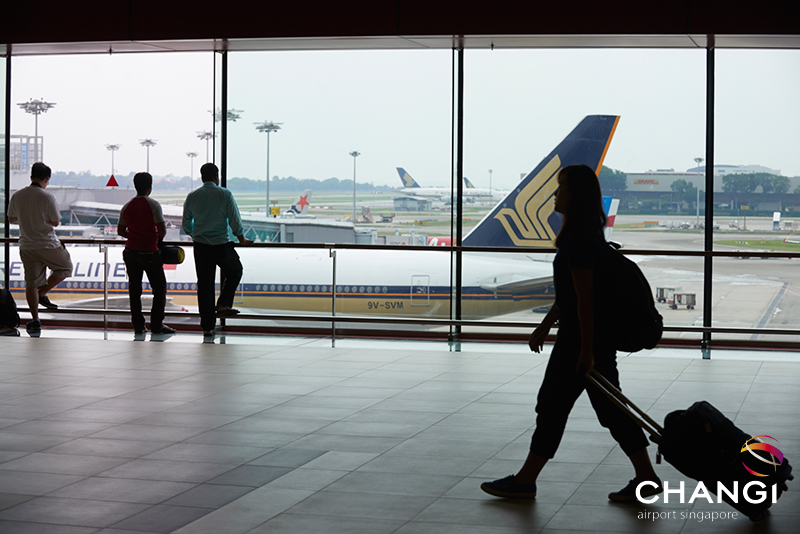Warning Asia-Pacific airports could lose 1.5 billion pax to COVID-19
27 March, 2020
3 min read


Asia-Pacific airports are worried a prolonged COVID-19 outbreak may lead to the loss of up to 1.5 billion passengers across the region and slash 2020 airport revenue by almost $US24 billion.
The Airports Council International Asia-Pacific also expects airports in the Middle East to see revenue drop by $US5.7 billion.
The airport industry group has urged governments in both regions to swiftly implement relief measures to safeguard airport employment and connectivity.
READ: Smaller Australian airlines issue mayday on government aid.
Analysis by ACI Asia-Pacific of preliminary weekly passenger data from January to the middle of March at 12 major hubs in the region shows traffic deteriorating by 80 percent compared to the same period in 2019.
The airports are calling for the suspension of slot usage requirements until the end of June and tax relief for the aviation sector.
This would include a temporary halt of all national and local aviation taxes.
They also want the suspension or ferment of airport operators’ concession fees to governments, revenue protection and, in some circumstances, government financial assistance.
“Legislators have to carefully balance survival and revival measures, addressing both the urgency of short-term needs with smart initiatives that will also facilitate a strong recovery down the road,’’ said ACI Asia-pacific director-general Stefano Baronci.
“Several governments are still pondering which measures to apply as the crisis unfolds. ACI Asia-Pacific strongly advocates for policy measures that benefit all parties of the aviation sectors without prejudice in favoring airlines.”
The airport plea came as Asia-pacific airlines revealed passenger numbers had fallen 43.9 percent in February ahead of sharper falls expected in March.
The Association of Asia Pacific Airlines said demand, as measured in revenue passenger kilometres, was down almost 35 percent and load factors across the region fell 14.4 percentage points to 66.6 percent for the month.
While cargo demand held up, capacity fell by a sharp 13.5 percent as belly-hold capacity fell as flights were cut over the course of the month.
AAPA director-general Andrew Herdman said every effort was being made to ensure shipments of critical relief supplies, including food and medical equipment, were being transported safely and efficiently around the world.
“Asian airlines account for over one-third of global air cargo flows, and operate large numbers of dedicated freighter aircraft,’’ he said.
“The sharp fall in passenger services has removed significant belly-cargo capacity from the marketplace. A number of airlines are now operating supplementary cargo services using passenger aircraft to meet the demand."
Herdman joined widespread calls for governments to move faster on industry relief.
"The COVID-19 pandemic has posed unprecedented challenges, both operational and financial, to the airline industry and the wider travel and tourism sector worldwide,’’ he said
“Whilst some governments have moved quickly to provide measures of financial support, much more needs to be done to reduce the risks of permanent damage to critical sectors of the economy."
Next Article
2 min read
Qantas triples profit but misses mark

Get the latest news and updates straight to your inbox
No spam, no hassle, no fuss, just airline news direct to you.
By joining our newsletter, you agree to our Privacy Policy
Find us on social media
Comments
No comments yet, be the first to write one.
